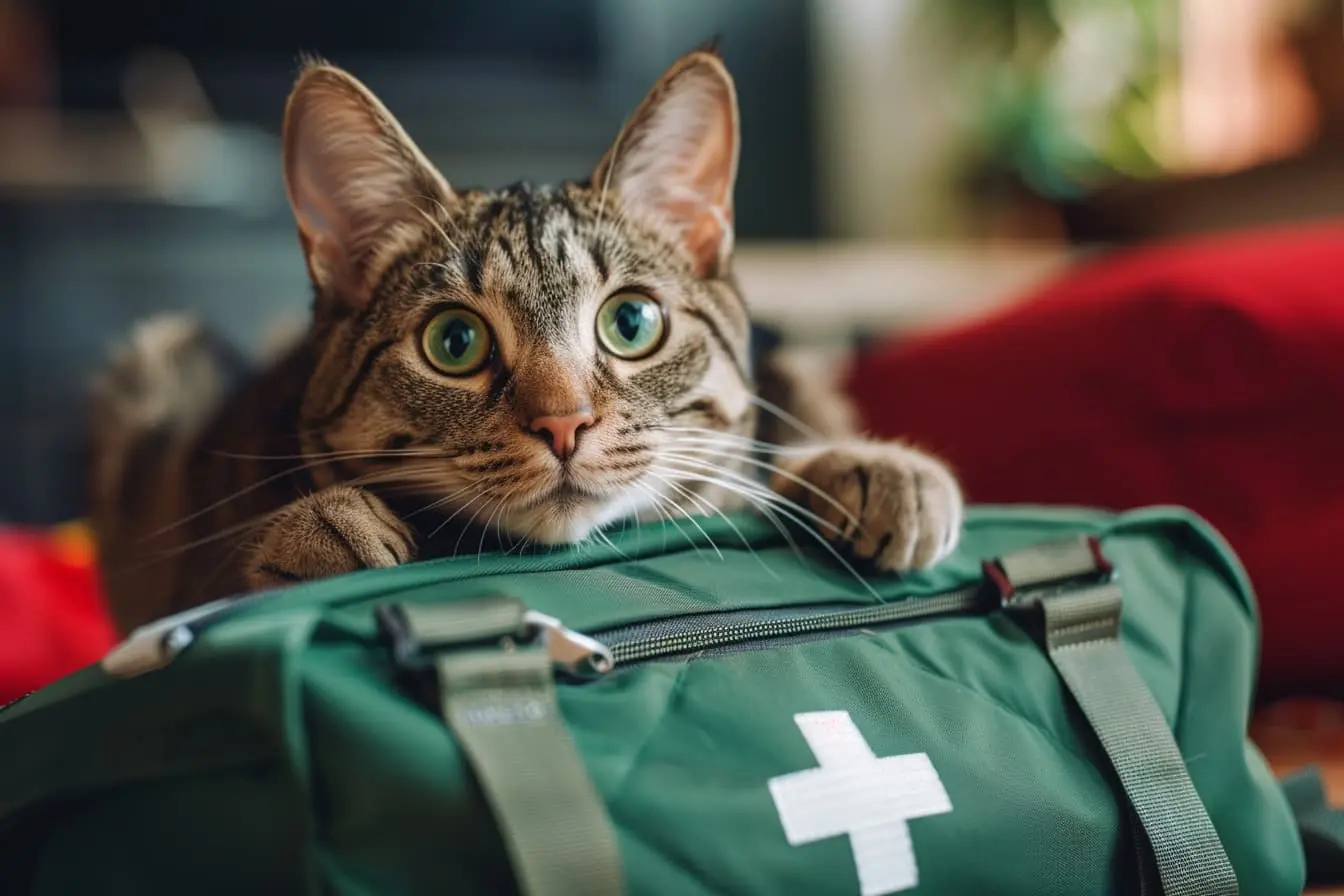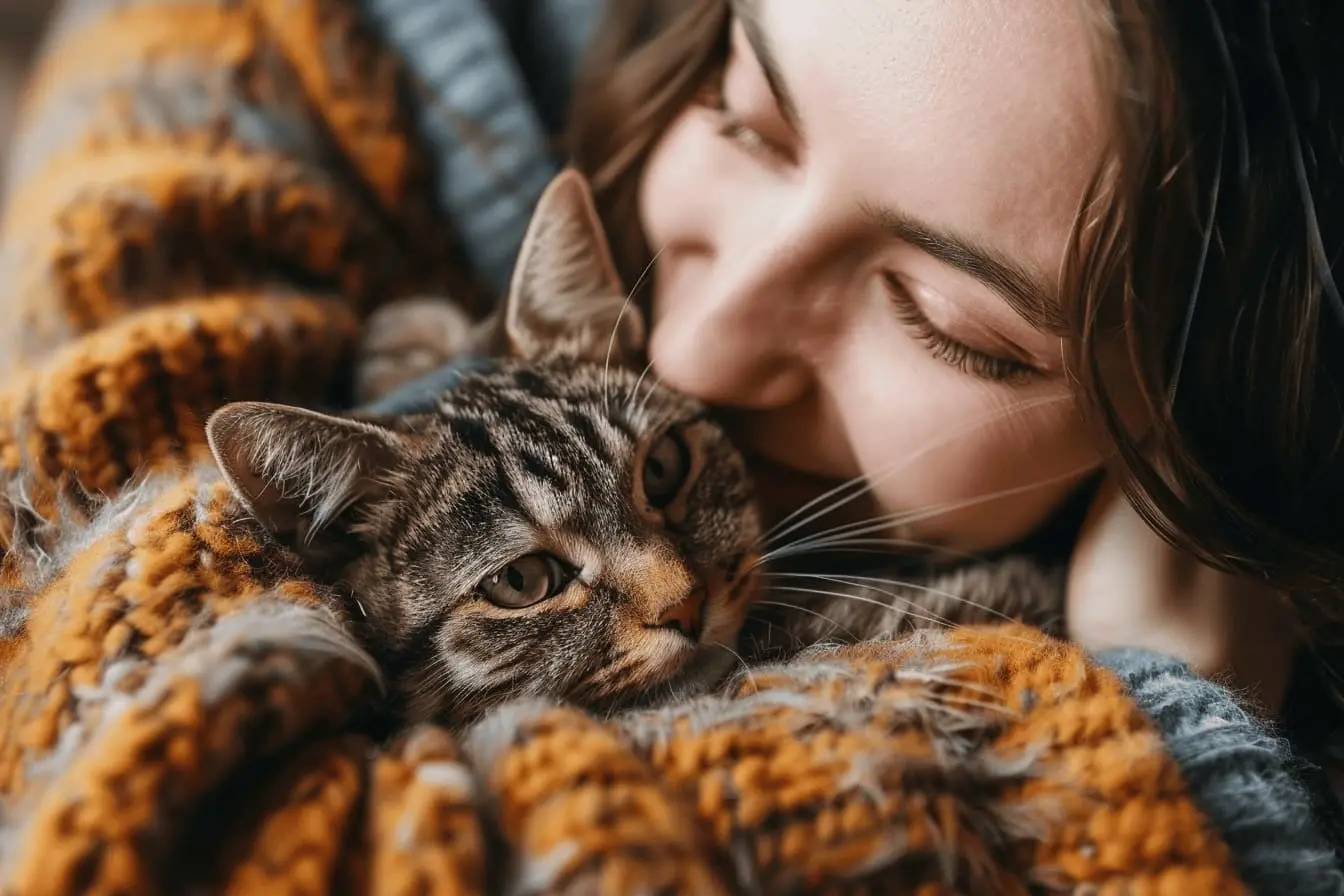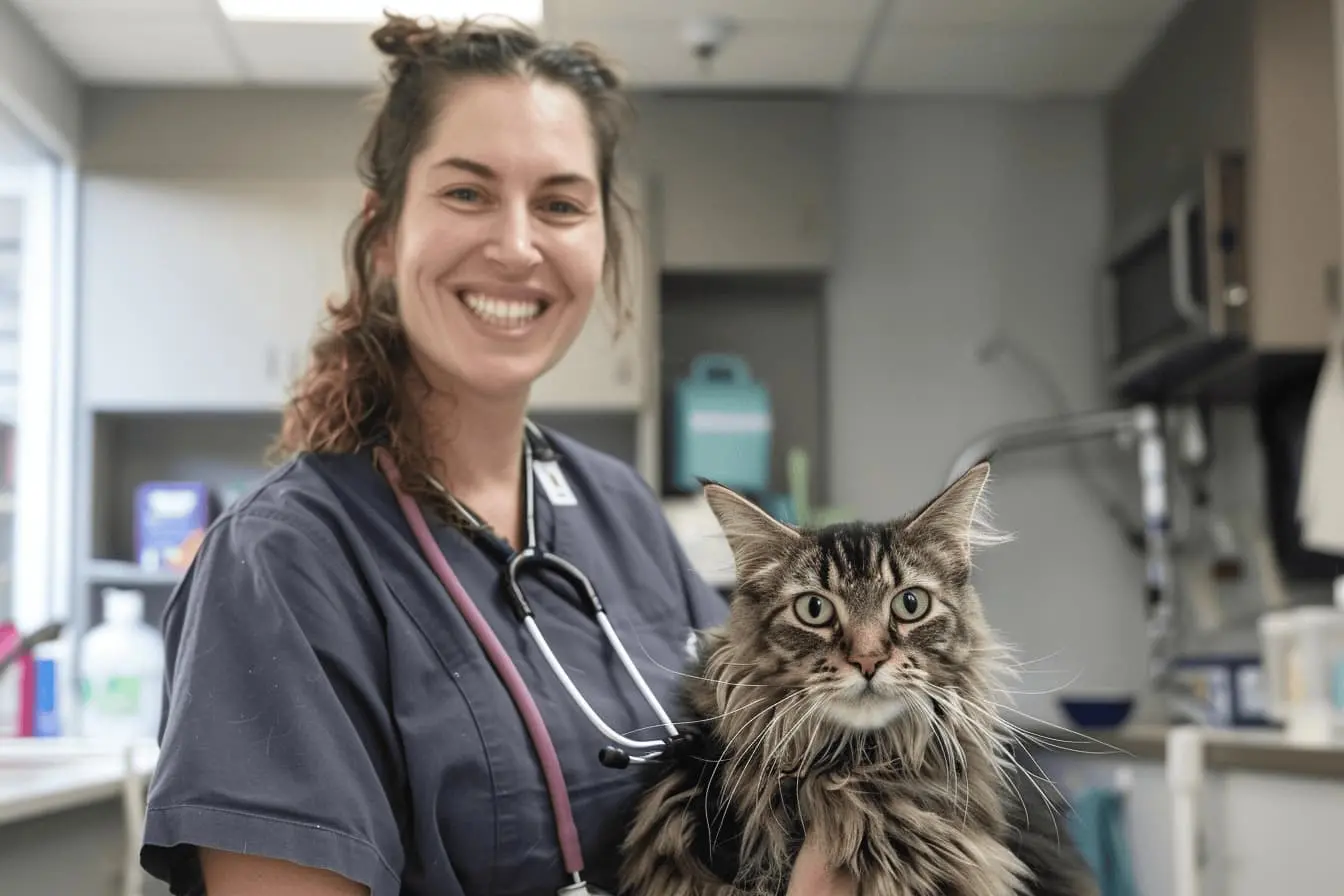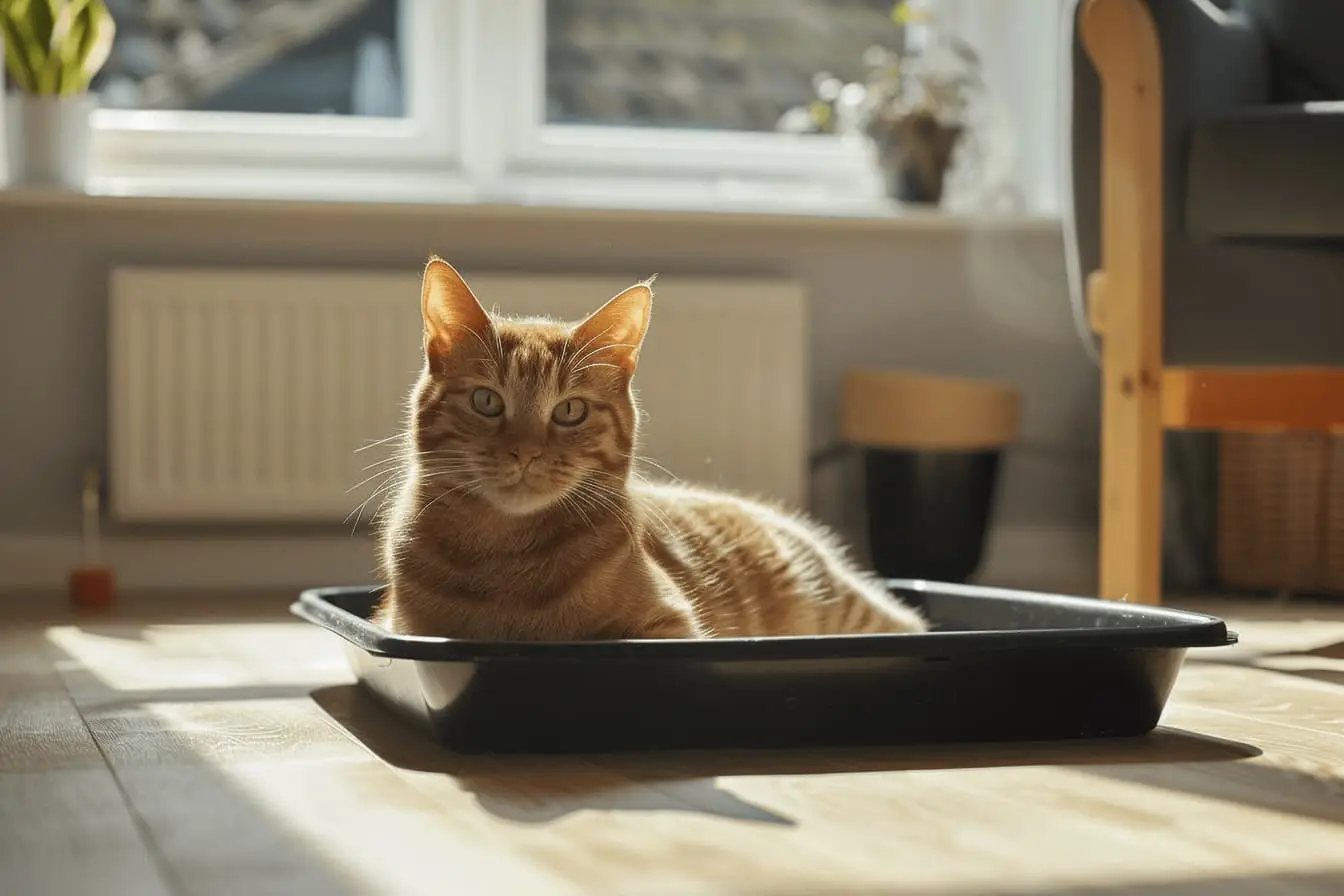
Essential Guide to Creating a Cat-Specific First Aid Kit for UK Pet Owners
Creating a cat-specific first aid kit is an essential step in preparing for any minor accidents or emergencies that your feline friend might encounter. While we all hope never to use it, having a well-stocked first aid kit can provide peace of mind and make a significant difference in managing a situation until veterinary care is available. This guide is designed for cat owners in the UK and outlines everything you need to include in your cat's first aid kit.
The Basics
- Gauze Pads and Rolls: For dressing wounds or can be used as a makeshift muzzle if your cat becomes aggressive due to pain.
- Adhesive Tape: Specifically designed for medical use to secure bandages without sticking to fur.
- Cotton Balls and Swabs: For cleaning around wounds or eyes.
- Scissors with Blunt Ends: For cutting tape, gauze, or fur if necessary, without harming the skin.
- Tweezers: To remove splinters or ticks.
- Ice Pack: A small, flexible ice pack can reduce swelling and pain. Never apply directly to the skin; always wrap in a cloth or towel first.
Medications and Treatments
- Saline Solution: To clean wounds or flush out eyes. Ensure it's the non-medicated type.
- Antiseptic Wipes: For cleaning around injuries. Avoid using alcohol or hydrogen peroxide as these can damage tissue.
- Antibiotic Ointment: To prevent infection in minor cuts and scrapes. Make sure it's a product safe for cats.
- Sterile Lubricant (without spermicide): Useful for eye injuries or to help take temperatures.
- Activated Charcoal Tablets: In case of poisoning, to absorb toxins. However, always contact a vet before administering any treatment for poisoning.
Tools and Supplies
- Thermometer: A digital rectal thermometer specifically for pets. Knowing how to safely take your cat's temperature is crucial.
- Disposable Gloves: To prevent contamination and ensure hygiene while treating wounds.
- Flashlight or Penlight: To check your cat’s eyes, mouth, and other hard-to-see areas.
- Emergency Blanket: To keep your cat warm and shock-free, especially if you need to transport them.
- Syringe or Dropper: To administer oral treatments or flush wounds.
Documentation
- Pet First Aid Book: A quick reference guide for treating common injuries and symptoms.
- Emergency Contact Information: Include the number of your vet, the nearest emergency vet clinic, and the Animal Poison Line (APL).
- Medical Records: Keep a copy of your cat’s medical history, including vaccinations and any pre-existing conditions.
Storage and Maintenance
Choose a durable, waterproof container to store all your first aid supplies. Clearly label it as "Cat First Aid Kit" and keep it in an easily accessible location. Regularly check the kit for expired products and replace as necessary. It’s also a good idea to familiarise yourself with the basic first aid procedures, including CPR for cats.
Conclusion
While this list covers the essentials, consider customising your cat’s first aid kit based on their specific health needs or lifestyle (e.g., outdoor versus indoor). Remember, a first aid kit is a stopgap measure until professional veterinary care can be obtained. Never substitute first aid for a vet’s examination, especially if your cat appears to be in distress or severely injured. Your preparedness can make all the difference in ensuring the health and safety of your beloved pet.
Vets near you
Speciality vets
- Aquatics vet specialists
- Birds vet specialists
- Camelids vet specialists
- Cats vet specialists
- Cattle vet specialists
- Deer vet specialists
- Dogs vet specialists
- Equines vet specialists
- Exotic vet specialists
- Goats vet specialists
- Pigs vet specialists
- Poultry vet specialists
- Sheep vet specialists
- Small Mammals vet specialists
- Wild vet specialists



